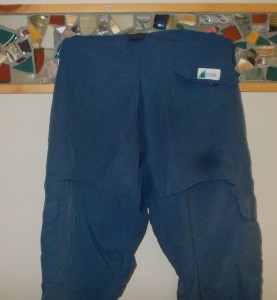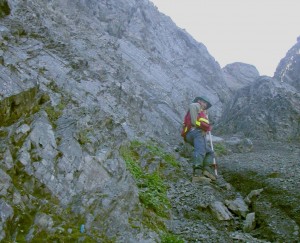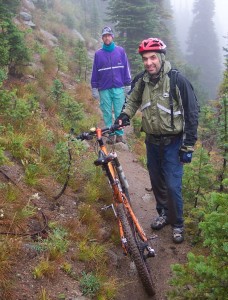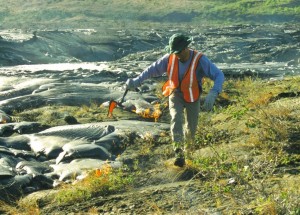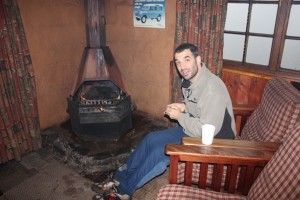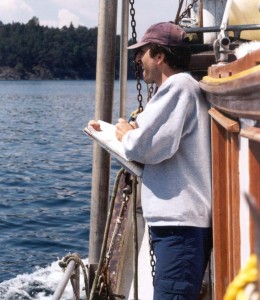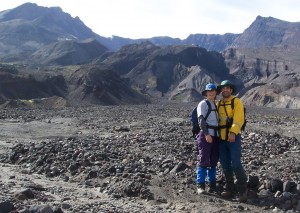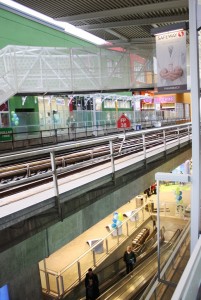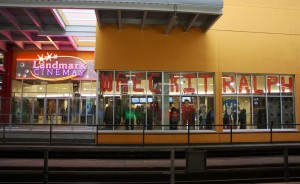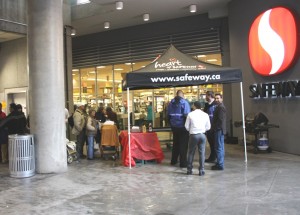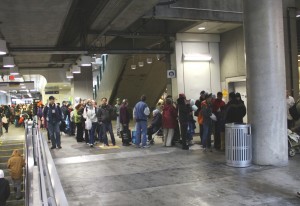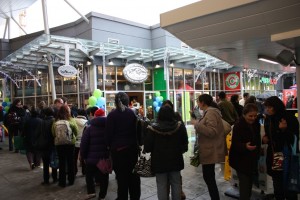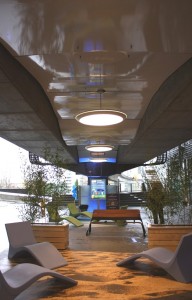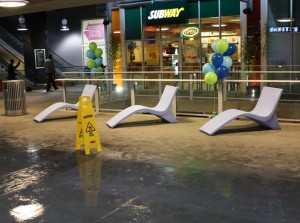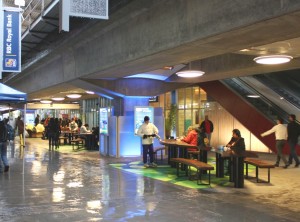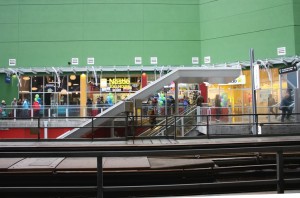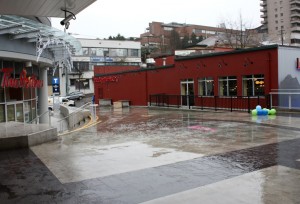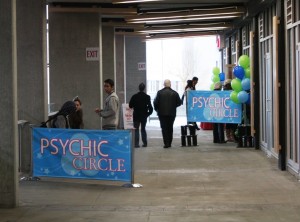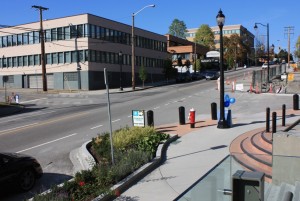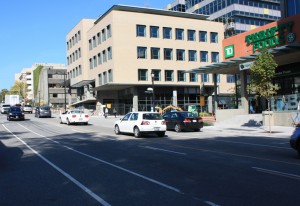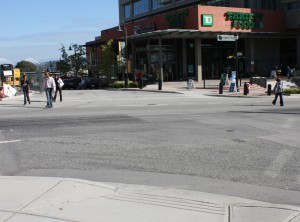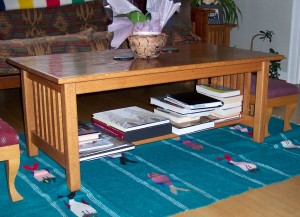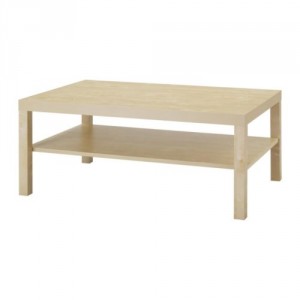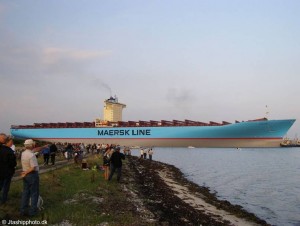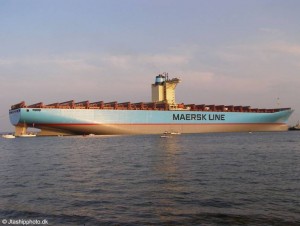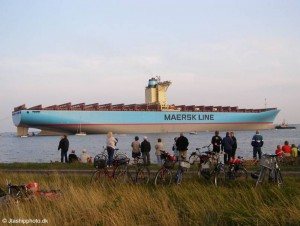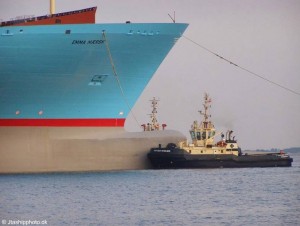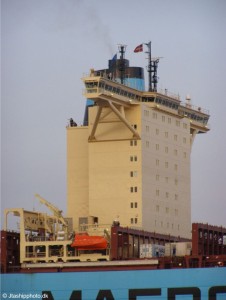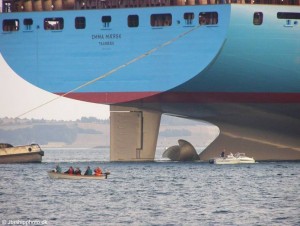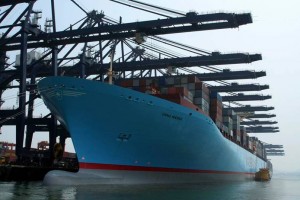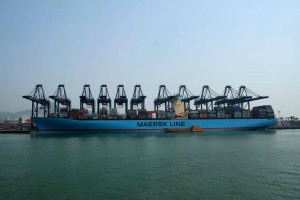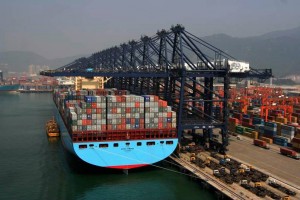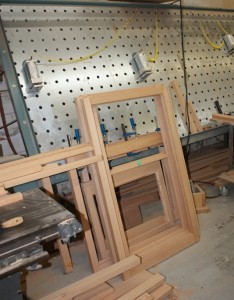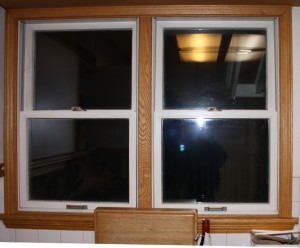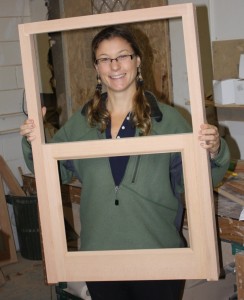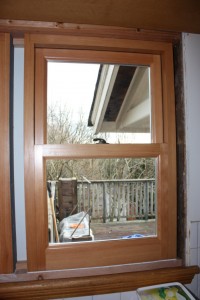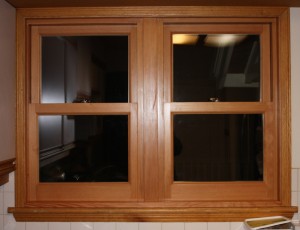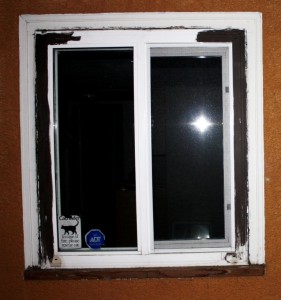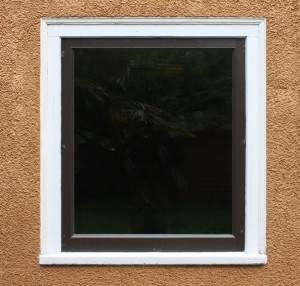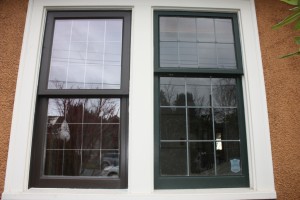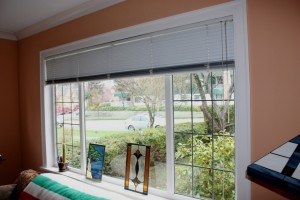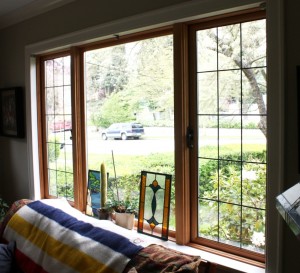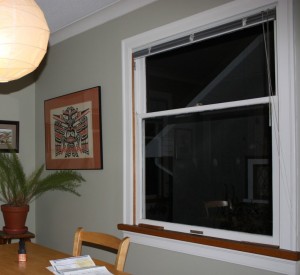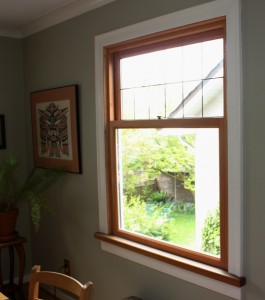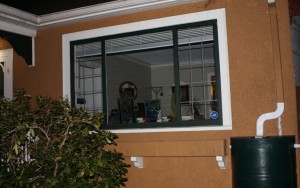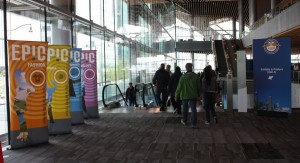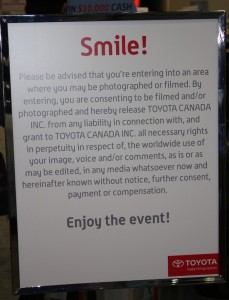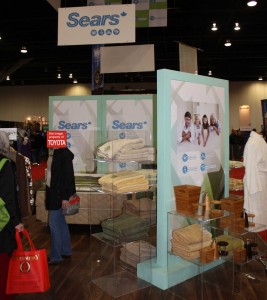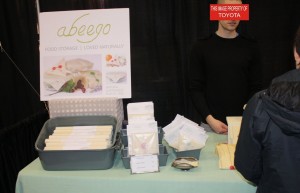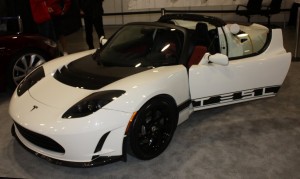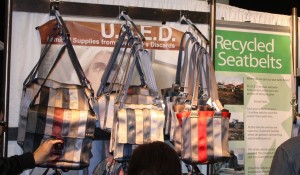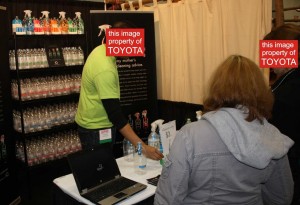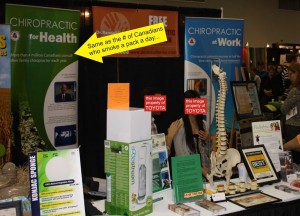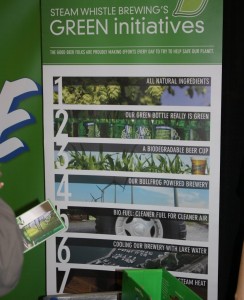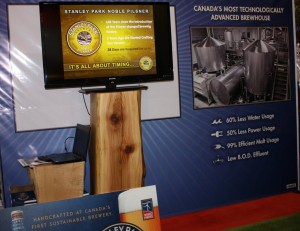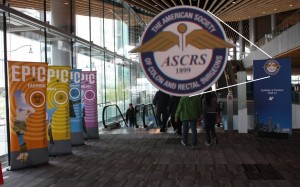Every month or so, the NWEP hold an informal get-together of like-minded folks to chat about sustainability issues. This follows the international movement known as “Green Drinks”. The original Green Drinks model was to have a regular informal networking and conversation session for environmental professionals, sustainability activists, and like minded folks to create a crucible for action. There are literally hundreds of Green drinks held internationally, and each has its own character.
Here in New West, we are trying to attach a small-scale event to each Green Drinks, a speaker or such to lubricate the conversation and to increase the reach to the general community. As per the Green Drinks code, the evening is not “about” the speaker or a specific topic. The conversations after are broad-reaching and held in small informal groups constantly migrating, really it is just a cocktail party not a rallying session. Above all, it is a social night out where folks can meet new people and share new ideas. As a bonus in New West, we can meet in the Back Room of the Heritage Grill, where the license if food primary, so it has a “pub” feel, but people under 19 can attend, and there is no expectation to imbibe in alcohol if that isn’t your thing. There is even live music up front for those who do feel like hanging out a little later.
Last week’s Green Drinks was moderately well attended, considering short notice and the burgeoning nature of this new iteration. 25-30 people gathered to see a short documentary film that was just released last month:
Just to put things into a local perspective, I gave it a short intro, and tried to put the local and personal spin on it all. For the record, here are my speaking notes from the night (of course, I ended up speaking more off the cuff and may have missed some of this or added new stuff- you’d have to have shown up to recognize the difference).
INTRO:
Tonight we have a short new Documentary; “Do the Math”
Don’t be afraid of the title, there are only three numbers discussed, and the movie is less about the math behind those three numbers, and more about what those three numbers means to us as denizens of Earth in the 21st century.
The film revolves around Bill McKibben, who has become one the most vocal environmental activists in the Land of Freedom, therefore the subject matter is almost exclusively about our southern neighbours – but maybe that is an interesting thing to keep on your mind during the film: how does the situation there relate to Canada? Or does it relate? What are the similarities and differences?
Finally, I like this film because after the first third talking about the problem, McKibben makes a compelling case about how it is time to stop playing defense for the environment, and if we are going to make any difference at all before it is too late, we had better start playing hard offence, and hitting the people who are perpetrating climate change right where they hurt: their stock value.
Clearly an academic who got dragged into activism (much like Marc Jaccard, Andrew Weaver, James Hansen, Michael Mann, etc.), McKibben has an academic’s speaking style. He wants to be understood more than heard, so what he lacks in bombastic, he makes up for in factual information.
So without further ado: on with the show.
AFTER:
I want to mention a number that was alluded towards, but not part of the “big three numbers” in McKibben’s argument. That is the number 400, as in parts per million CO2.
Sometime last month, while many of us were distracted by a Provincial election, the global atmospheric concentration of CO2 exceeded 400ppm for the first time in about 3 million years. This number is much higher, I hasten to mention, than 350 – the number that the globe agreed was the limit we had to shoot for long-term to prevent unpredictable and catastrophic results of the global atmospheric temperature increasing by more than 2 degrees due to fossil carbon in the atmosphere.
It might be seen as ironic that this arbitrary milestone was passed in the middle of an election where the winning party set as their main policy goal – as their great vision of the future and economic salvation of our Province – a rapid expansion of fossil fuel extraction and quick sale through the most energy-intensive and unsustainable means possible. That this position was supported tacitly by the poll-leading opposition party might be part of the reason we saw a strong surge in support for the Green Party.
Look, mea culpa: I own stocks in Exxon. I own stocks in Encana and Suncor and BP. Not by choice, mind you. I work for a municipality, and am required to contribute to the Municipal Pension Plan. All of those companies are listed amongst the holdings of the MPP. I also have a small personal RRSP, and until recently, Suncor (a large bitumen sand producer) was included as part of my “Ethical Fund” investment. For many of us, we either cannot know where our retirement savings are invested, or have no influence over how they are invested. Maybe the first thing we should take out of this film and McKibben’s “disinvestment” idea is to find out. See if we can change that.
But even if you are not lucky as I am to have some retirement savings, think about what those election promises meant. We have a government right now who wants to invest in hydrocarbon extraction and burning in order to put the Provinces’ finances in order. That is your money they are investing in extracting part of that 2000 GigaTonnes of carbon that needs to stay in the ground if we hope to leave a recognizable global ecosystem to our kids and grandkids. Maybe here in BC, that is where divestment starts. But in this case, we are not just the shareholders- we the voters are the corporation.
There is a coal terminal proposed for across the water that will be responsible for more GHG per year than the City of New Westminster, all its citizens and businesses and cars and schools and everything puts out over 200 years – but our local Chamber of Commerce is all for it because it promises 25 local jobs. Is that a good investment?
There are two pipeline proposals to make BC the export port for bitumen bound for gas tanks and boilers around the Pacific Rim – risking our coastline and our water supplies to expand bitumen sand extraction in Alberta. Is that a good investment?
The big proposal on the table right now is to use your tax dollars to double BCs electrical generating capacity, not to wean ourselves off of less-sustainable energy sources, or even to sell to neighbouring jurisdictions to offset their more carbon-intensive electrical generation, but so we can refrigerate methane extracted through fracking, transported in pipelines, with up to 20% of the methane lost during drilling, pumping, and transportation activities, letting all of our chips lie on the roulette table known as the global natural gas market. Is that a good investment?
To quote the film- we need to start taking money from people causing the problem, and start giving it to people solving the problem. But first, we, as British Columbians, need to stop being former, and start demanding that our government become the latter.
